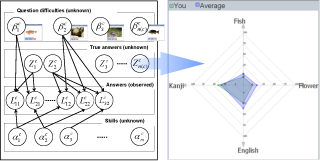HOME > Research
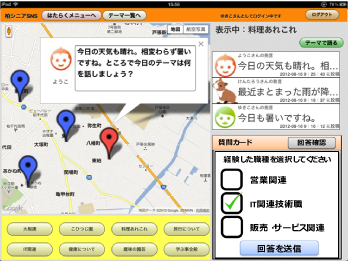
Kashiwa Social Network Service
Prototype of social network service for Kashiwa city that supports promoting activities of local communities and providing communication tools for Mosaic-type work in agricultural farm in Kashiwa city.

Time-Mosaic Composing System
To improve work opportunities for seniors and to make use of their abilities, we propose a mosaic-type work system in which elderly human resources are combined to form a single “virtual worker” based on seamless information sharing. The time-mosaic composing system is for the stable worker generation in the case of complex irregular work. We demonstrated the effectiveness of the system in cooperative farms for shift work organizations.
![]()
Space-Mosaic Composing System
Telepresence technology has a capability to provide chances engage into working society for senior citizens in the way that is suitable for their lifestyle after retirement. Conventional telepresence research have focused on the exact recreation of face-to-face communication at a fixed position in a specialized room, so there have been much less research on a life-sized mobile telepresence system despite many off-the-shelf mobile telepresence robots available. We
propose various scalable holographic displays to visualize a life-sized avatar in an actual life. In addition, we introduce architecture to control embodied avatar according to user’s intention by extending popular architecture for a multimodal virtual human.
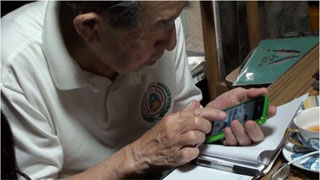
Question First
We proposed the “Question First” interaction model, which aims to reduce the barriers to accessing online mobile information transmission for the elderly and aggregate their useful experience and knowledge for younger generations. “Question First” helps elderly users to transfer their knowledge or experiences by simply answering questions through conventional mobile terminals. The proposed interaction model is based on extending conventional interaction modes of phone calls and emails, helping elderly users become familiar with social networking, without the requirement of learning to use social networking service interfaces.
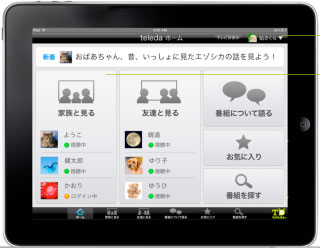
Simple teleda
"Simple teleda" provides various functions of a TV program-based SNS, such as program viewing function and communication function, through a simple interface.
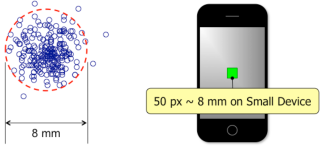
Interface design Guidline
Smartphones with touchscreen-based interfaces are increasingly used by non-technical groups including the elderly. However, application developers have little understanding of how senior users interact with their products and of how to design senior-friendly interfaces. As an initial study to assess standard mobile touchscreen interfaces for the elderly, we conducted performance measurements and observational evaluations of 20 elderly participants. The tasks included performing basic gestures such as taps, drags, and pinching motions and using basic interactive components such as software keyboards and photo viewers. We found that mobile touchscreens were generally easy for the elderly to use and a week’s experience generally improved their proficiency. However, careful observations identified several typical problems that should be addressed in future interfaces.

